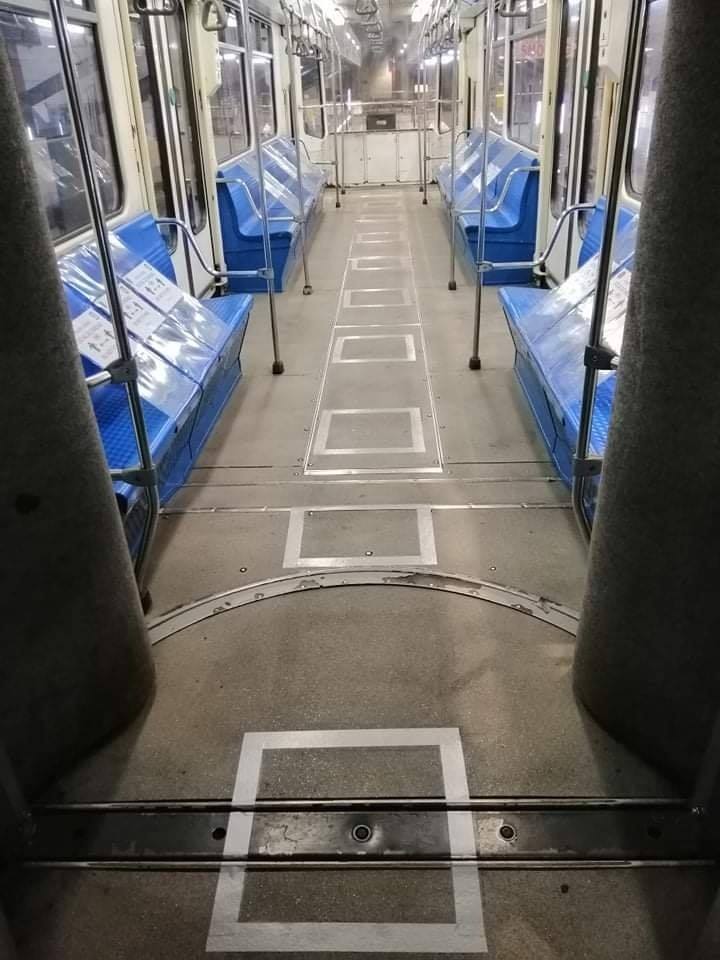 More passengers will be accommodated in public transport systems starting September 14 after the Inter-Agency Task Force for the Management of Emerging Infectious Diseases (IATF) approved a proposal to relax social distancing rules for public transport to increase ridership.
More passengers will be accommodated in public transport systems starting September 14 after the Inter-Agency Task Force for the Management of Emerging Infectious Diseases (IATF) approved a proposal to relax social distancing rules for public transport to increase ridership.
The IATF in Resolution No. 69-A adopted the recommendation of the Economic Development Cluster (EDC) and the Department of Transportation (DOTr) to reduce passenger social distance to a safe minimum with face shields and face masks in place.
IATF also approved the recommendation to adapt and continuously update the latest health standards and best practices, in consultation with health experts, for public transportation.
DOTr in a statement said reducing or optimizing the physical distance between commuters allows an increase in ridership in public transportation.
The agency explained in a recent IATF meeting that strict health protocols like the mandatory use among commuters of face masks and face shields are now being enforced to contain the spread of the coronavirus (COVID-19). As such, the one-meter physical distancing measure currently being observed can be safely adjusted to an initial 0.75 meters, then to 0.5 meters, and then later to 0.3 meters to allow for optimization of ridership.
“There is a need to safely optimize the carrying capacity of the various public transport modes as Metro Manila and its adjacent areas continue with the transition towards the ‘new normal’ where more workers are expected to return to their re-opened work places and more businesses are expected to resume operations that were stopped during the enforcement of strict quarantine measures,” explained Transportation Secretary Arthur Tugade.
DOTr will initially reduce the distance between commuters to 0.75 meter starting September 14, before further closing the distance to 0.5 meter after two weeks, and to 0.3 meter after another two weeks.
On roll-on/roll off passenger vessels, this will mean that passenger load capacity will increase as follows:
- 1 meter: 50% of total load capacity
- 75 meter: 75%
- 5 meter: 85%
- 3 meter: 100%
It also means that more passengers can board railway systems and class 2 modern public utility vehicles (PUVs) and public utility buses.
The EDC also expressed support for the reduction of passenger physical distancing requirements in PUVs to a minimum, provided commuters observe strict health and safety measures. Aside from mandatory face masks and face shields, passengers must also refrain from talking or making phone calls while onboard public transport.
The policy is subject to change depending on whether there will be a recorded increase in the number of COVID-19 cases, said DOTr assistant secretary for communications and commuter affairs Goddes Hope Libiran in a separate press conference on September 12.
With majority of the country already under the less strict general community quarantine (GCQ) or modified GCQ, road, rail, maritime, and aviation sectors of public transportation are allowed to operate at a reduced operational and vehicle capacity in accordance with DOTr guidelines.





